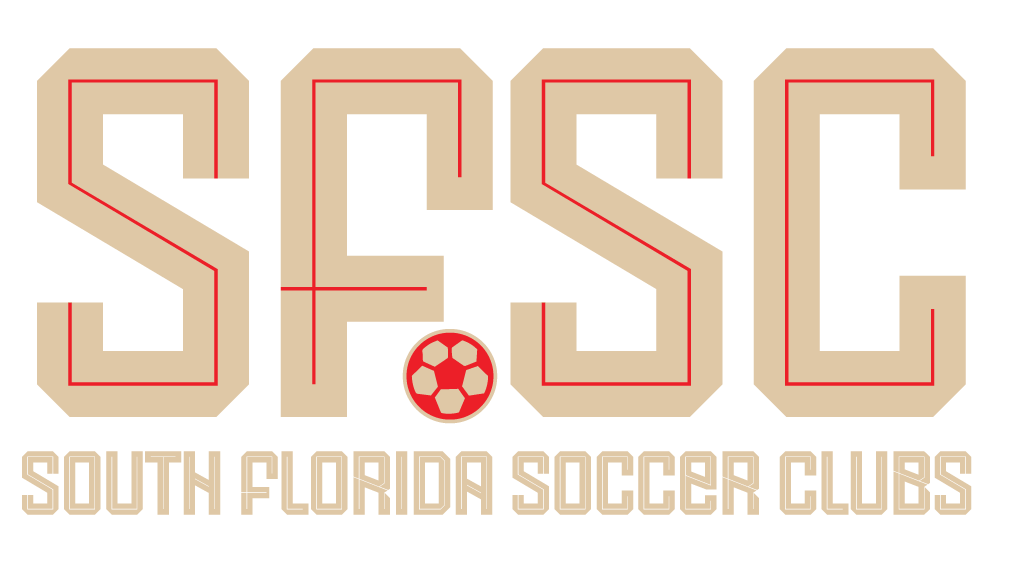Understanding Tournament & League Advancement in Youth Soccer
Why this guide matters:
If you’re a parent at a youth soccer tournament, you’ve probably asked yourself questions like:
“How do we know if our team makes the finals?”
“Why did another team advance even though we beat them?”
“What does ‘wildcard’ mean?”
“Why are we playing against a team from another group?”
You’re not alone. Tournament formats, tie-breakers, and league advancement rules can be confusing, especially when every event has slightly different rules. This guide breaks it all down in simple terms for parents and players.

How Teams Earn Points
Almost every tournament starts with group play (round robin). Teams are placed in small groups and play each other.
The points system is usually:
- Win = 3 points
- Tie = 1 point
- Loss = 0 points
At the end of group play, standings are decided by who has the most points. If teams are tied, the tournament moves to tie-breakers.
Common Tie-Breakers
When two or more teams finish with the same points, tournaments use additional rules. The order can vary, but usually looks like this:
- Head-to-Head – If two teams are tied, the team that won when they played each other often advances.
- Goal Differential – Goals scored minus goals allowed. (Sometimes capped at +5 goals per game so teams don’t run up the score.)
- Fewest Goals Allowed – Defense matters! The team that allowed fewer goals gets the edge.
- Goals Scored – The team that scored more overall may advance.
- Fair Play / Discipline Points – Fewer yellow/red cards.
- Coin Toss – Rare, but it does happen!
Important: Every tournament can set its own tie-breaker order. Always check the official rules before the first game.
Tournament Formats Explained
Here are the most common setups you’ll see:
Round Robin (Standings Only)
- Each team plays everyone in the group.
- The team with the most points is the champion.
- Often used in 5-team brackets (4 games each, no finals).
Group Play + Knockout
- Most popular youth format.
- Example: 8-team event → two groups of 4 → each team plays 3 games → top 2 in each group advance to semifinals → winners go to the final.
Wildcard Spots
- When there are multiple groups, the best non-group winners (wildcards) may advance.
- Example: 12-team event → 3 groups of 4 → group winners + one wildcard team (best record among 2nd place teams) → semifinals.
Cross-Group / Crossover Games
- Sometimes teams play matches against teams from another group, but the results still count toward their own group’s standings.
- This is why your schedule might show a team “outside” your group.
Why Advancement Can Feel Unfair
Parents often get frustrated when:
- A team wins head-to-head but doesn’t advance (because goal differential was the first tie-breaker).
- A team is eliminated early after only two or three games.
- A wildcard team advances instead of your team, even though you had the same points.
The key is that tie-breaker rules differ, and sometimes a tournament values overall consistency (goal differential, goals allowed) more than head-to-head.
Leagues vs. Tournaments
It’s also important to understand the difference between league standings and tournament advancement.
- Tournaments are usually short (1–3 days) and rely on points + tiebreakers → knockout → champion.
- Leagues are long seasons where standings decide advancement to regional or national playoffs.
Case Study: ECNL Advancement
The Elite Clubs National League (ECNL) is one of the top youth soccer leagues in the U.S. Here’s how advancement works:
- Teams play conference (regional) seasons.
- Only the top finishers advance to Nationals or Playoffs.
- In U13–U17 age groups, up to 64 teams qualify nationally. They are placed into 16 groups of 4.
- Group winners advance to knockout rounds.
- For U18/19, the format is a 32-team knockout bracket.
- This is why a team’s season fate can be decided after only 2–3 games in postseason play.
Parents are often shocked that one bad weekend can decide an entire year, but that’s the nature of top-tier league formats.
Quick Parent Tips
- Read the Rules First, Every tournament posts a “Rules & Regulations” page. Print or save it.
- Track Points & Goals, Know your team’s standings, goal differential, and goals allowed.
- Don’t Assume Head-to-Head Wins, Some tournaments use goal differential before head-to-head.
- Watch Other Games , Results in other groups may affect your team’s chances.
- Prepare for Early Elimination , Some formats mean a team can’t advance after just two games.
Glossary of Common Terms
- Bracket – Chart that shows which teams play each other.
- Bye – Automatic advancement without playing.
- Crossover – Playing a team from another group.
- Goal Differential – Goals scored minus goals allowed.
- Group Play – Round robin stage.
- Knockout – Lose and you’re out.
- Wildcard – A team that advances without winning its group.
Final Takeaway
Youth soccer tournaments and leagues can feel like a maze. But once you understand the points system, tie-breakers, and bracket formats, it all makes more sense.
Parents: don’t just chee, follow along! Knowing how advancement works helps you support your player with less stress and more confidence.



